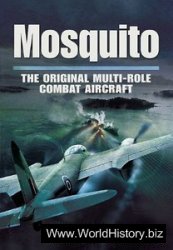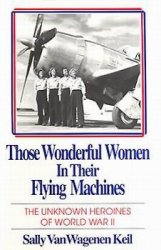Once the Allies had organized their full resources in the war
effort, their superiority in arms gave them the chance to win.
Their task was to put their arms to good use. Since the theatres
of the war were separate, a lack of coordination among them
was not a serious problem. Each assessed its position and planned
its strategy as it judged best. Only the Americans and the
British were obliged to coordinate operations, at leas! in Western
Europe and in Africa.
Soviet Russia's first objective was to liberate her occupied
territories. When the Red Army regained the Soviet frontiers, the
Russians would have the chance to consider alternatives and to
introduce political considerations into their decisions. Until
then strategy was straightforward; they applied a steam-roller
principle. Stavka distributed its superior fighting force and its
increasingly superior arms according to the forces of the enemy,
driving the battering ram first against weak points held by troops
from Germany's satellites. Three thousand men, nine tanks and
sixtv guns were concentrated into every kilometer of a relatively
narrow front. As they burst through the enemy line a fresh assault
was launched elsewhere. This method of attack required rapid
mobility of large forces and adroit control of logistics. It was
skilfully employed by a battery of newly appointed marshals.
The Americans resolved to give priority to the conquest of
Germany, much to the encouragement of the British. The final
assault on Japan would begin after Germany had fallen. They
assigned considerably smaller forces to the Pacific theatre than to
Europe and these required special training for jungle warfare.
The decisive battles, however, occurred at sea. The Americans
assumed command of Pacific operations and divided them in
two. The southern zone, which comprised many widely scattered
islands, was apportioned to the Army. General MacArthur,
who was in command, would advance from island to island in
an 'island hopping' campaign as far as the Philippines, where
he had promised to return. The central area, in which ocean
predominated, was assigned to the navy. Na\al squadrons were
furnished with large numbers of aircraft carriers under orders
to wipe out the Japanese fleet and clear the way for a final assault
on the Japanese archipelago. In 1943 it was impossible to tell
when or where this would occur. A secondary front was formed
in China, which was accessible only to American aviation. British
cooperation was not needed outside Burma.
But cooperation was indispensable in Europe and Africa. The
two allies shared out operations giving the British command of
the Mediterranean and the Americans command of operations
in western Europe. The Atlantic was left undivided. The two
allies held long discussions on how to launch their combined
offensive. The British wanted to return to limited attacks on the
German periphery in Norway, the Balkans and Italy. The Americans,
on the other hand, who were aware of their increasing
power, preferred to attack the Germans directly from across
the English Channel using Britain as a springboard. They agreed
to campaign in North Africa and Italy, however, while the assault
force was being assembled.
|
|
||||||||
|
Www.WorldHistory.Biz
Sundries
 Contact Contact
|
 
11-08-2015, 19:01
The Allied Strategy in Europe and Asia
  |
|||||||
 |
 |
 |
 |
|||||
|
||||||||

 World History
World History





